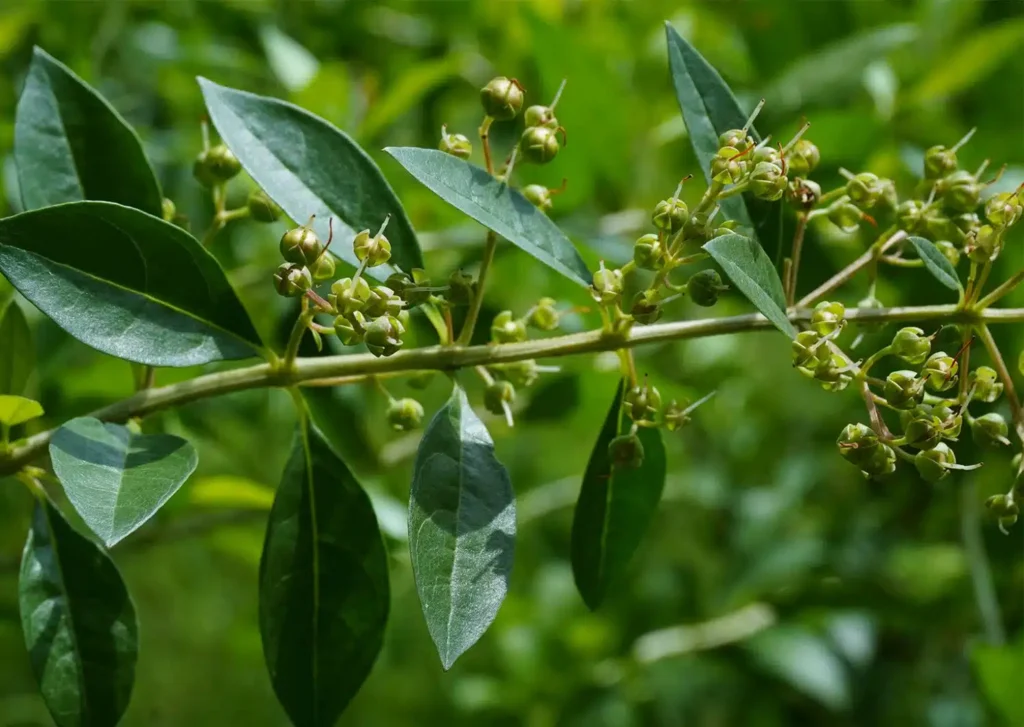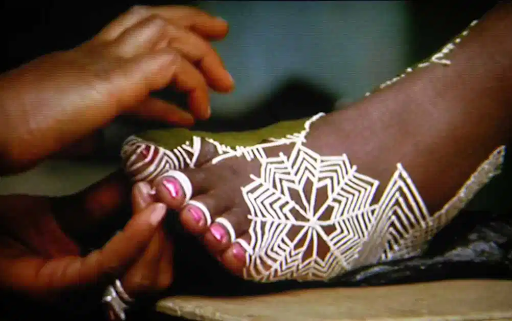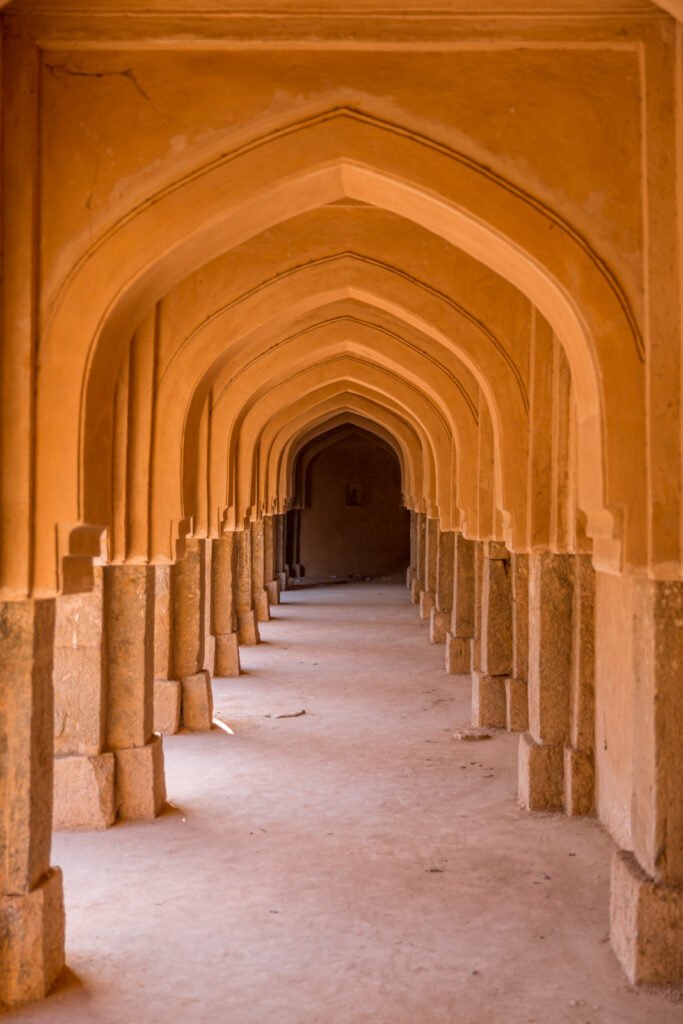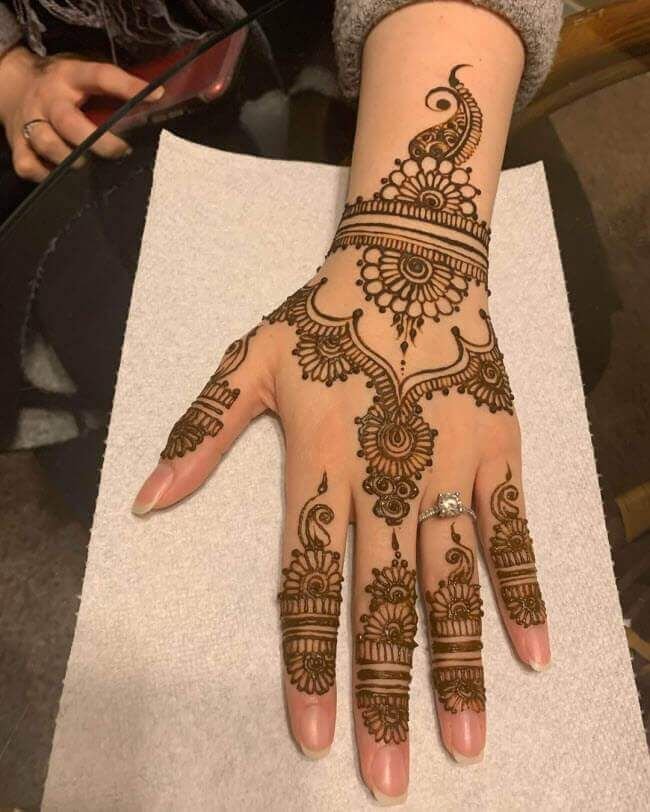Exploring Cultural Traditions: Henna Art and Computational Thinking
Henna dye art is a prominent cultural tradition in India, Africa, and the Middle East. Known as “mehndi” in India, “anella” in North Africa, and “lalle” in West Africa, the practice involves intricate designs applied to the skin. Derived from Arabic, the word “henna” signifies both the dye and the ornate patterns it creates. This platform not only explores how does the henna pattern differ in the Middle East, India, and Africa but also the meanings behind henna designs but also encourages a computational approach akin to thinking like a computer scientist.
By understanding these patterns as algorithms—sets of rules—you can use software to craft your own henna designs, fostering cultural connections through computing within your community.
Harnessing Henna: From Plant to Artistic Expression
The henna plant thrives in hot, dry climates, making it ideal for cultivation. Its leaves, the primary harvest, can be utilized either fresh or dry and then ground into a fine powder.
This powder is mixed with water and a touch of lime juice to form a paste, which is carefully load into a paper cone. Using gentle pressure, the cone is maneuver to create intricate patterns. After two hours, the paste is wash off, leaving a faint stain that deepens over the next two days.
It’s important to note that henna can trigger severe allergic reactions in some individuals. Therefore, on this website, we suggest alternative ways to showcase your designs, such as printing patterns on t-shirts, laser etching onto pendants, and other creative methods.

Henna: A Timeless Tradition Across Cultures
Henna dye has a rich historical lineage dating back to ancient times, evidenced by its discovery in the hair of an Egyptian mummy from 3400 BCE, where it adorned what resembles today’s “hair extensions.”
One enduring motif originating from antiquity is the hamsa, a hand with a central eye believed to ward off the “evil eye,” a malevolent stare thought to bring misfortune.
This symbol, known as the hand of Miriam among Jews, the hand of Mary in Christianity, and the hand of Fatima in Islam, remains popular, especially evident at the Marrakech Henna Art Cafe in Morocco, where it is celebrated in various cultural contexts.
Despite its ancient origins, henna remains deeply relevant in modern times. In Morocco, for instance, contemporary henna artists employ innovative techniques such as using hypodermic tools to intricately apply henna paste.

Moroccan henna designs often incorporate motifs symbolizing growth, such as blooming flowers and budding fruits, reflecting their associations with celebrations of marriage and childbirth.
Among North African communities like the Tuareg and Amazigh (Berbers), who have a nomadic heritage, women traditionally wove textiles for tents. According to Cynthia Becker, an art history professor, these women intentionally blur the lines between textile patterns and henna tattoos. This symbolic connection emphasizes their dual roles: as bearers of reproductive power and custodians of cultural traditions.
Innovative Henna Designs of West Africa
In West Africa, rather than drawing designs directly on the skin. Intricate patterns are create using thin strips that prevent henna staining. After applying henna all over, these strips are remove once washed off, leaving behind designs characterized by straight lines.
During our research in Mali, we inquired about the significance of repeated triangles in these designs. The women artisans explained that these triangles represent fish scales. Symbolizing a wish for continued prosperity — each larger fish caught bringing greater luck.
Henna in West Africa not only preserves ancient traditions but also evolves through new techniques. A notable innovation involves arranging straight lines along curves. Resembling leaves or feathers, exemplified in a baby naming ceremony in Bamako, Mali (Photo by Katie Orlinsky).

Henna in India
In India, intricate henna designs known as mehndi have deep cultural roots. Originating as a Hindu tradition of staining skin with plant dyes, the practice evolved over centuries.
The introduction of Islam around the 12th century likely popularized the use of henna dye. Today, mehndi ceremonies are embraced across diverse religious communities including Hindu, Muslim, Sikh, Zorastorian, Jain, Buddhist, and Christian. All incorporating this art form into their wedding rituals in India.
Paisley, one of the oldest and most beloved designs. Dates back to the 7th century where early examples on silk depicted a fruit-bearing tree. Likely representing the Indian mango.
This intricate pattern is created by henna artists through the repetition of curved shapes at varying scales. Forming complex mathematical structures known as “fractals”.
The process of applying henna can be time-consuming. Requiring the bride to remain still for an extended period, prompting friends to gather and keep her entertained. This communal activity underscores henna’s role in fostering togetherness. Fractals, extensively used by scientists to simulate natural phenomena, also find how does the henna pattern differ in the Middle East, India, and Africa. Expression in the architectural styles of Africa and India. In Indian architecture you can see examples. In the arches often big arches are made up of lots of little arches.






It’s know in west Africa as Djabi not lalle
Incorrect. It’s known as lalle or laali in Nigeria.